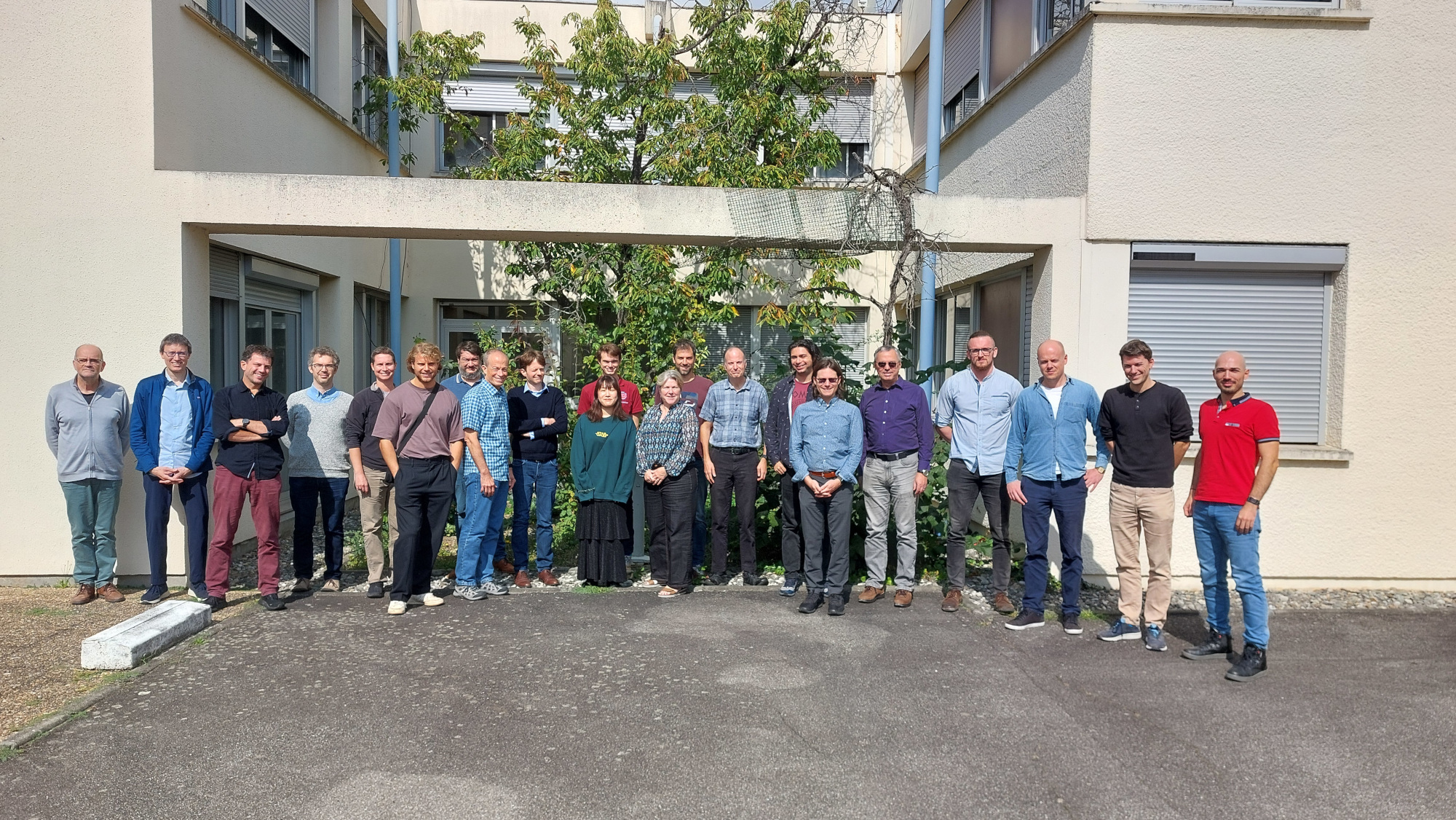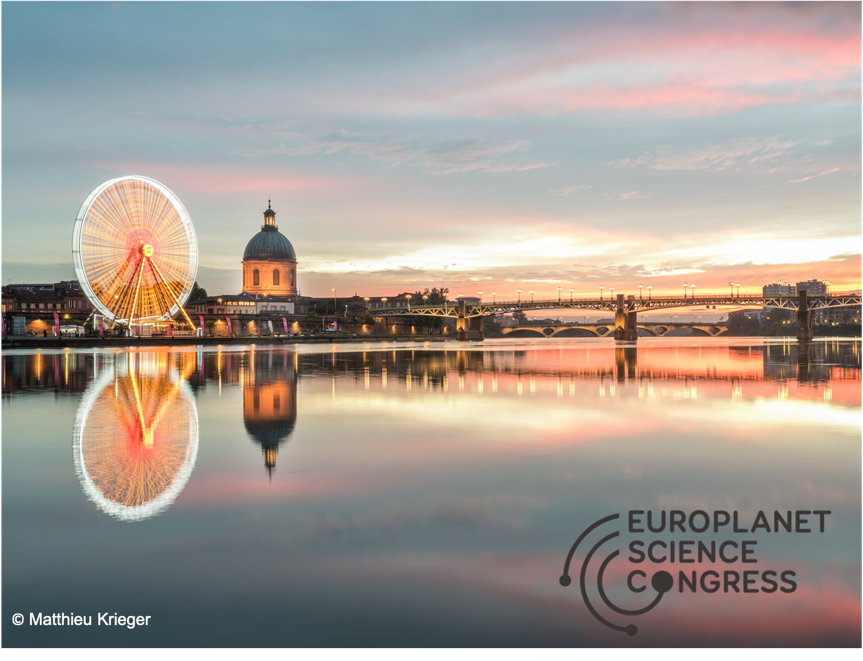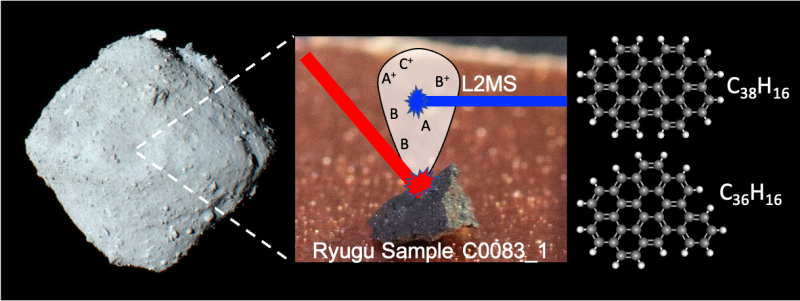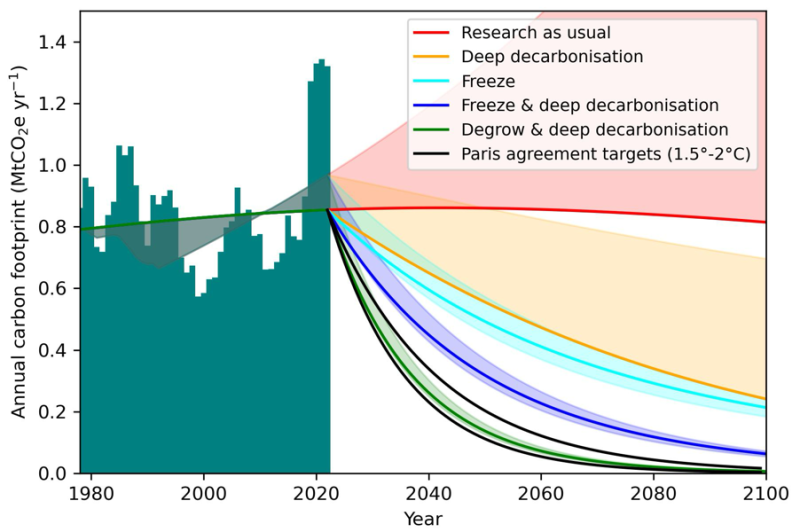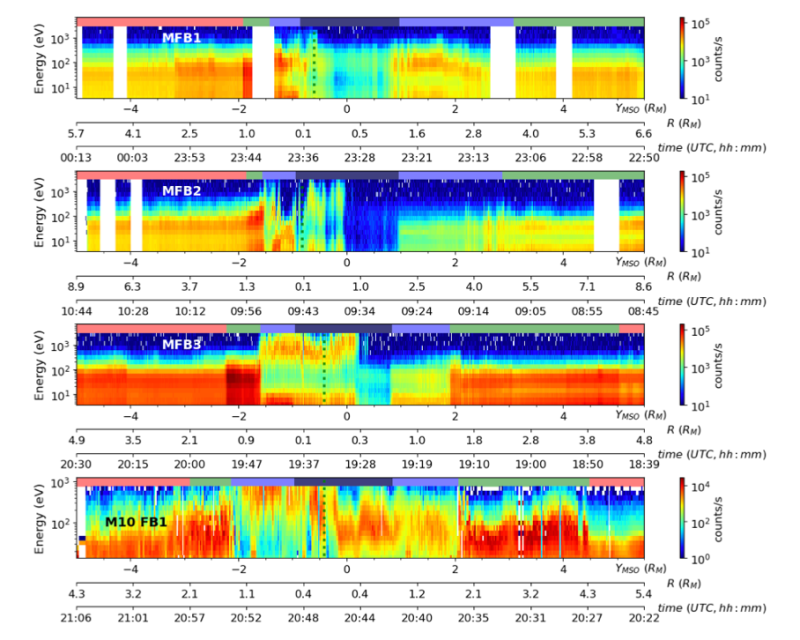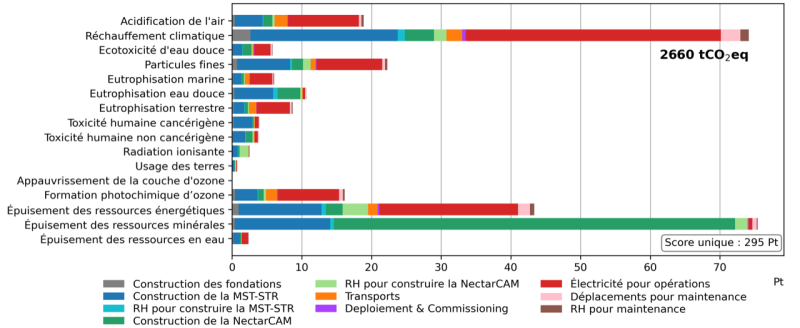JUICE/PEP Captures Sharpest Image of Earth’s Radiation Belt
From August 19-20, ESA’s (European Space Agency’s) Juice (Jupiter Icy Moons Explorer) mission made history with a daring lunar-Earth flyby and double gravity assist maneuver, a spaceflight first. As the […]


